Bluetooth CTP application model and FMC access solution
background
Even before the threat of terrorism caught the world ’s attention, many public and private agencies have begun to install video security systems in important infrastructure. Video security provides the visual images necessary to improve situational awareness, prevent malicious vandalism, theft or other crime, speed up response and management decision-making, and increase the safety of all personnel and public safety. From the airport to the bridge, from the refinery to the oil / gas pipeline, from the port to the highway, etc., incorporating video security equipment into their preparation plans has all benefited them.
The most stringent requirements for the installation of video security systems are casinos, where various tricks and extremely fast actions must be captured, inspected and archived to meet strict management regulations. The strategic placement of "Sky Eye" cameras can provide some supplement to security personnel's physical equipment resources, thereby helping them to better manage crowded crowds and deploy personnel in a timely and effective manner. High-quality video images in the gambling area provide security professionals with the detailed information needed to prevent cheating and catch "thousands". In addition, surveillance cameras can also help to stop crimes and provide some help for identifying criminals during investigations by the relevant authorities.
The video surveillance system plays an active role in retail stores. It can be used as a visual precaution against potential criminal behavior and provides operators and security professionals with a means to handle liability claims, employee theft, or other management issues. tool. Therefore, when the perpetrator is caught on the video, it is easier to handle shop theft and employee theft. In addition, with the help of video recording, events such as customer slips, falls and liability claims will be more accurately understood and handled.
In the management of today's correctional institutions (such as prisons, correctional institutions, etc.), there are many problems that must be dealt with routinely. Smuggling, violence, the safety of prisoners and police officers are just a few of them. Therefore, the video security system has played an unprecedentedly important role in maintaining order and ensuring a safe working environment. These systems provide 24/7 monitoring of remote locations (7 days a week, 24 hours a day). Therefore, some surveillance cameras need to be installed hundreds of feet away from the base control system or available power outlets.
As the scale of health care institutions grows and begins to provide round-the-clock nursing services, they become more vulnerable to attacks in the face of various security risks. Although the industry guidelines set mandatory requirements for the continuous improvement of safety precautions in their “Nursing Environment†standards, in terms of selecting appropriate tools to meet their needs for protecting patients, visitors, employees and intellectual property (IP) However, those responsible for decision-making are the various hospitals and health care institutions. Welcome to reprint, this article comes from the electronic enthusiast network (http: //)
Surveillance camera deployment
In some locations, 200 to 300 cameras may need to be installed in order to obtain complete surveillance coverage. These cameras may be up to 1,000 feet away from the base control system or AC outlet. Each camera requires its own working power supply, which is generally 24V DC (power consumption about 20W), unless it is installed in an open environment, at which time it will withstand various natural forces, and need to be heated to prevent Freeze. In this case, the power requirement will be close to 70W.
Therefore, the system integrator must ask an electrician to install an AC outlet box near the camera, or to supply power to the camera through a long wire. The use of long wires results in a large voltage drop, which results in considerable load regulation errors. When the load current increases, the voltage drop in the wiring will increase (due to line impedance), and the voltage delivered to the load will decrease. System integrators' usual practice is to increase the wire diameter (from 22 AWG to 16 AWG) to maintain voltage regulation, even if the cost difference of these different wire diameters may be as high as $ 250 (when the wire length is 1000 meters) select.
On the other hand, the traditional method to solve the above problem is to use a pair of detection wires connected between the feedback network of the regulator and the load to detect the output voltage. Although this method works well, the additional low-gauge wire pairs (usually 26 AWG) may not be practical due to cost, weight, or logistics supply. Figure 1 shows the remote sampling block diagram, where one wire is used to detect the voltage drop in the positive voltage wire, and the other wire is used to detect the voltage drop in the negative voltage wire.
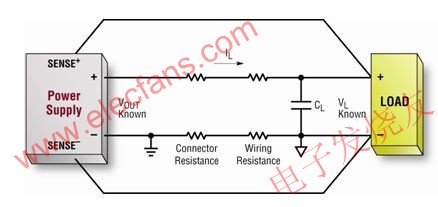
Figure 1: Traditional remote voltage sampling method
A new solution
Linear Technology has developed the LT®4180 Virtual Remote SenseTM (VRS) controller, which does not require remote sampling wires to compensate for IR losses in cables and wiring. The LT4180 can continuously query the line impedance and correct the power supply output voltage to maintain a stable voltage on the load, which has nothing to do with the change in current. The block diagram in Figure 2 shows the basic working principle of the LT4180 VRS controller.
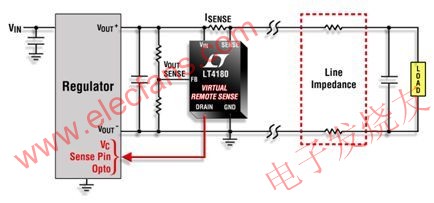
Figure 2: New remote voltage sampling method without wires
How VRS works
VRS uses a small modulation circuit on the output of the regulator to calculate the correction. The modulation circuit is filtered by the output capacitor on the load that is connected to the line in any case. LT4180 can use almost all conversion topologies and isolated or non-isolated power supplies, DC / DC converters (including brick modules, modules and adjustable linear regulators).
The LT4180 operates with a power supply or DC / DC converter and forces the output current to vary between 95% and 105% of the nominal output current at a predetermined chatter frequency. In other words, the LT4180 forces the power supply to provide a square wave current with a peak-to-peak amplitude equal to the regulator output current (IL) plus 10% of the DC current. A decoupling capacitor located on the load is responsible for filtering the flutter current from the VRS square wave. The size of this decoupling capacitor can be selected to create an "AC short circuit" at the current square wave frequency, thereby generating a voltage square wave on the power supply. The peak-to-peak amplitude of this voltage square wave is equal to 1/10 of the line impedance. The LT4180 continuously monitors line impedance and corrects the regulator output voltage to provide accurate load regulation.
Offline design example
As shown in the simplified circuit in Figure 3, the LT4180 can be designed as an offline power supply to provide 24V / 0.7A (peak output current is 3A) output through a CAT5E cable to power the video surveillance camera. The LT4180 continuously monitors the line impedance of the CATE5 cable, and its DRAIN pin is responsible for driving the diode in the optocoupler to change the duty cycle of the power supply. The purpose is to maintain tight voltage regulation on the load without being affected by changes in load current .
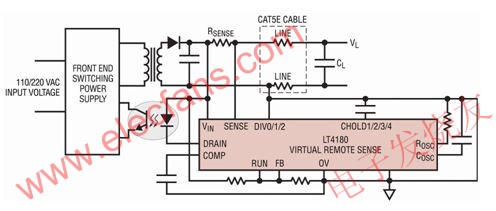
Figure 3: Simplified offline application circuit using LT4180
The curve in Figure 4 shows the load regulation performance of the LT4180 line loss compensation circuit (for a 5V output voltage). The load current increases from zero until it produces a 2.5V voltage drop in the cable. By using the LT4180 to correct the duty cycle of the power supply, the voltage change across the load is only 73mV over the entire load range.
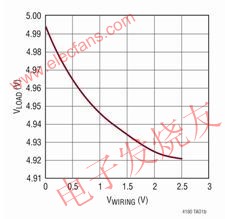
Figure 4: Load regulation performance for a 5V output (using LT4180)
Other benefits
The LT4180's 3V to 50V input voltage range can meet the requirements of many applications. Its output driver has a current sink capability of 5mA to drive an optocoupler for isolated design. The programmable fixed dither frequency or spread frequency determines the sampling rate of the line impedance. The soft correction function ensures an orderly start-up operation. When the rising threshold of the RUN pin is exceeded for the first time (indicating that VIN has exceeded its undervoltage lockout threshold), the power supply output voltage will be set to a value corresponding to zero wiring voltage drop (without wiring correction). Within a period of time (determined by the LT4180's CHOLD4 pin), the power output will ramp up to compensate for the wiring voltage drop, thereby providing the best load regulation. When an overvoltage condition occurs, a new soft correction cycle will also be initiated. The LT4180 is available in an SSOP-24 package and is available in three temperature grades: -40 ° C to 85 ° C extended temperature grade, -40 ° C to 125 ° C industrial temperature grade and -55 ° C to 125 ° Military temperature grade version of C. Welcome to reprint, this article comes from the electronic enthusiast network (http: //)
in conclusion
The video security system is an indispensable tool for federal agencies, state agencies and local agencies to provide us with security protection, from city surveillance to airport security. It can be proved that the proper allocation of resources is extremely valuable for maintaining the highest possible national security level. Video surveillance plays an important role in preventing crimes (including malicious destruction, theft and incidents in gambling). In providing protection (especially in subways, bus terminals, parking lots, gas stations, etc.) and as a measure to prevent violent criminal behavior, uninterrupted 24/7 video security is required.
The LT4180's VRS provides a new feature for power supply designers and system integrators. In the case of a long connection to the camera, excellent voltage regulation performance is obtained without the need for sampling wires, and the need for additional power sockets or wires with much thicker diameters is eliminated. VRS opens up opportunities for designs that were previously unavailable in monitoring equipment installations, and can use almost all types of power supplies or voltage regulators-switches or linear, isolated, or non-isolated types, providing maximum flexibility.
JoyLED outdoor LED display is 50% lighter than traditional Led Advertising Panel, which saves transportation and labor cost.
Patented light-blocking design of JoyLED outdoor fixed LED screen prevents light leakage to the front. Led Display Modules support for front and rear maintenance. The handle design brings convenience to LED panel lifting. Great heat dissipation and IP65 protection grade for JoyLED Outdoor Fixed LED Display. Front Maitenance Illustration for LED display.
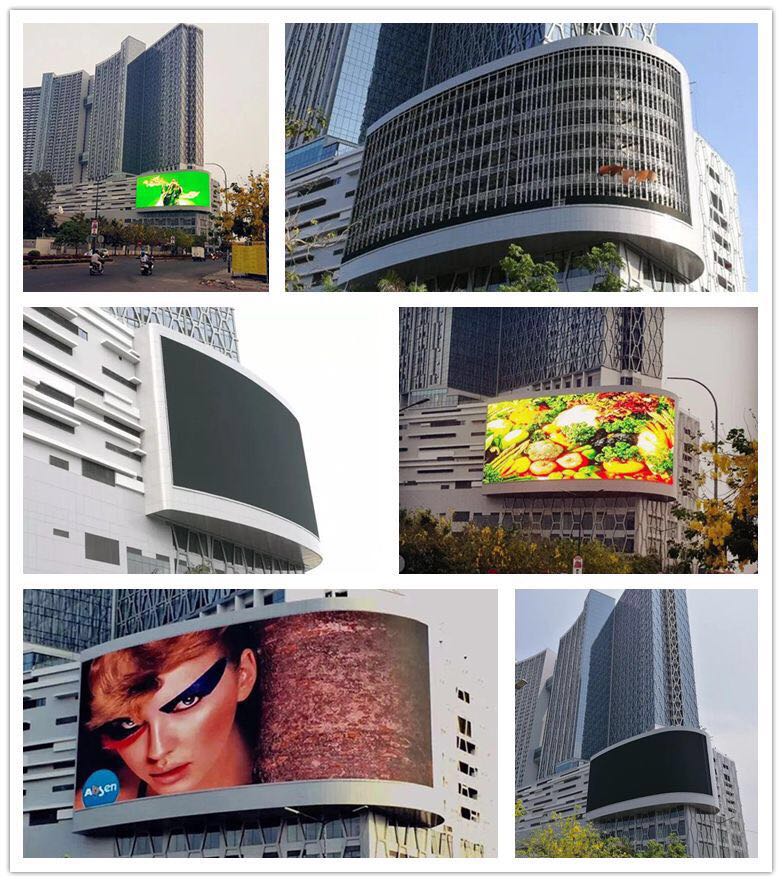
Outdoor Fixed LED Display
Large Led Display,Led Video Panels,Led Display Board ,Led Fixed Outdoor Display
Shenzhen Joy LED Display Co., Ltd. , https://www.joe-led.com